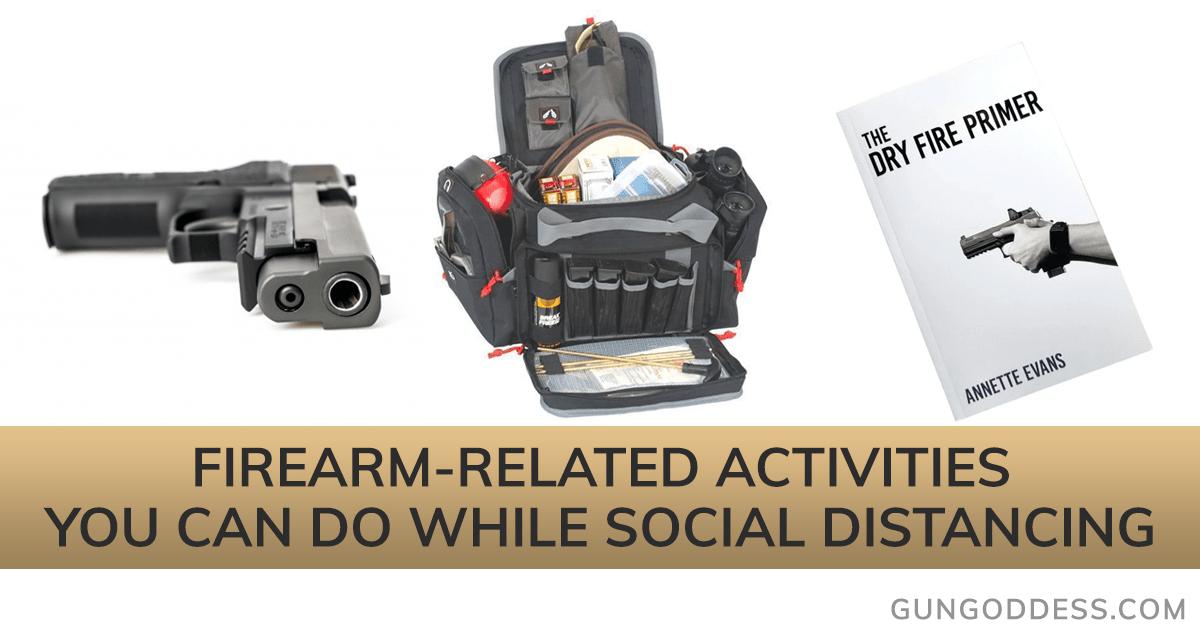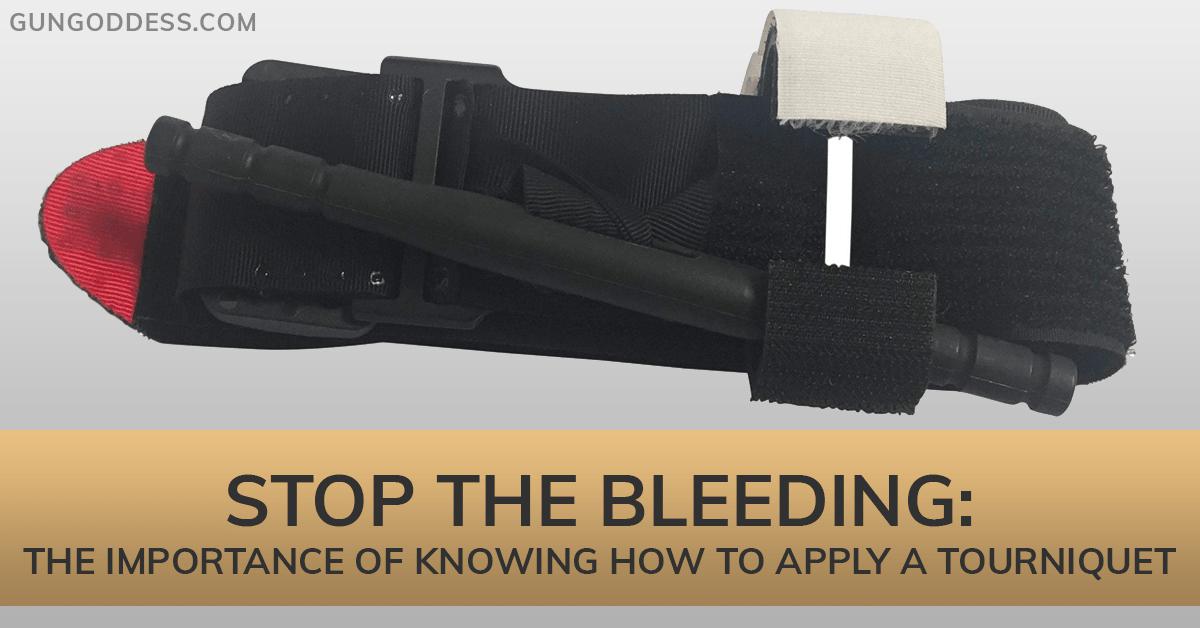Orders Over $100 Ship FREE (USA)!
Orders Over $100 Ship FREE (USA)!
CONCEALED CARRY
(Apparel with holster pockets or concealed-carry features)
PARTS & GEAR
RANGE STYLE
Gift shopping & not sure about size or style? Give a gift card instead!
GIFT IDEAS
EXPLORE
BFCM Sale 20% Off every item! ENDS 12/8 at Midnight!
Black Friday & Cyber Monday EXTENDED: Indulge in Luxury, Pay Less.
6 Critical Parts Of A Good Home Defense Plan
3 min read
Having a home defense plan is important, even if you don't live in an area that has frequent home invasions or break-ins. A solid plan can also be useful for keeping you and your family safe in the event of an emergency like a fire or major weather event.
Planning ahead can help you and your family stay safe, especially when everyone in your household knows what to do if you find yourself in a dangerous situation when at home. Having the right plan doesn't have to be complicated, you just need to arm yourself with the right knowledge and sort everything out before you need to use it.
The following components are crucial to include when setting up your home defense plan:
Do a Security Audit of Your Home
Take the time to learn the layout of your home inside and out. A good place to start is by doing an outside assessment of your home, looking for any weak points someone might try to exploit if they wanted to break in. Then, do the same on the inside of your house. Take note of any areas that would make it easier for someone to enter your house without being detected and have a plan for areas that are difficult to defend or dangerous to access during an emergency.
Double-check that all exterior doors have deadbolts installed and make sure they are locked every time you leave or go to bed. Examine the condition of all your door locks and if necessary, replace ones that are damaged or rusted with newer ones. Be sure to check each window in your home to see how secure they are from someone trying to break them open (from both inside and outside).
Have an Evacuation Plan
If there's an emergency in your home that requires you to evacuate, make sure that there are several ways out of your house so you have options if one exit is blocked. Knowing where you are in relation to your exits will help you determine how to get out in case of an emergency.Make sure to have multiple escape routes planned out, along with an emergency meeting place in the event that everyone gets separated from each other.
Choose a Safe Room
In many cases, you'll want to arm yourself and go toward the threat in order to defend your family and your home. However, there are situations where it's best to retreat to a safe room instead.
You should have a designated room in your home that you can use for shelter during an emergency situation. Ideally, it should be fortified in some way and have a dedicated phone line or way to contact first responders and/or security services, as well as food, water, and medical supplies. It's also important to make sure that everyone in your household knows where this place is so they can quickly get there if needed.
Select the Right Home Defense Firearms
There are many types of firearms that are good for home defense, it's really about personal choice and what you're comfortable and skilled with. Just make sure to choose something that you can access quickly, is relatively easy to manipulate inside your home, and won't over-penetrate. For example, a 30-06 bolt action hunting rifle is a poor choice because it's heavy, hard to manipulate, and is likely to penetrate through walls.
Once you've made your choices, figure out how to keep them safely stored for your living situation (kids or no kids), while still being quickly accessible. A firearm won't do you any good if you can't get to it on a moment's notice.
Keep Emergency Supplies on Hand
Keep emergency supplies like food, water, and other items like batteries and first aid supplies on hand. Having these supplies handy can help keep your family in good shape until help arrives or until things settle down so you can leave your home safely. You should also keep basic first aid kits around your home for minor injuries that may occur when at home.
Practice Makes Perfect
Practice scenarios with your family so everyone knows what they should do if they find themselves trapped or in danger inside your home. If you have teenagers or older children at home, decide ahead of time if any of them will be using firearms or other self-defense tools and make sure they know how to use them before making them responsible for your family's defense.
Make sure to go over your plan every year, and whenever you make significant changes to the design or layout of your home—inside and out.
Also in Lifestyle: Personal and Home Safety

Digital vs. Biometric Safes: Which One is Right For You?
3 min read

Firearm-Related Activities You Can do While Social Distancing
3 min read

Stop the Bleeding: The Importance of Knowing How to Apply a Tourniquet
3 min read

